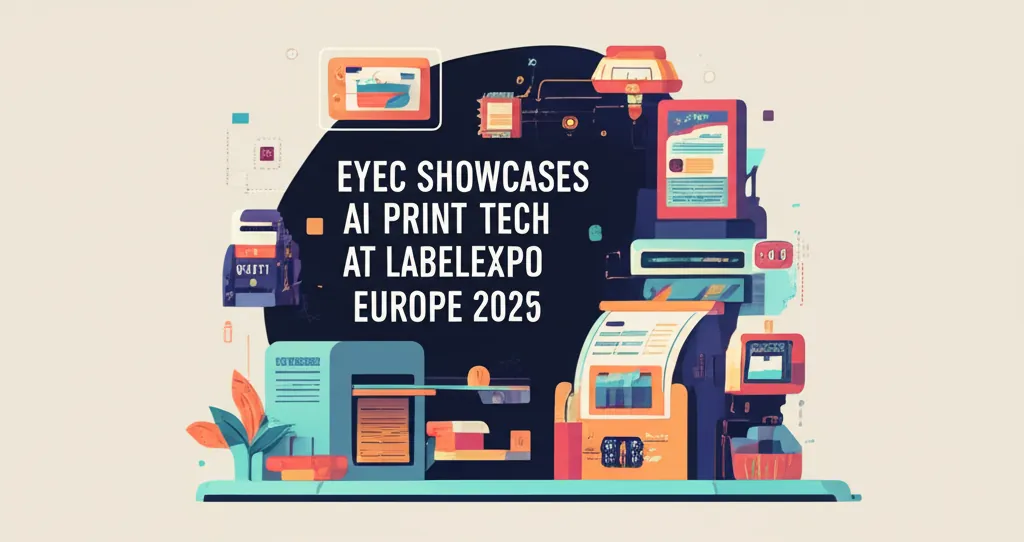AI Images in Politics A New Campaign Reality
The Blurring Lines AI Images Emerge in Local Politics
Campaign websites for New York City Council candidates typically follow a familiar pattern. They often share the candidate's personal story, outline policy stances, and feature photos of the candidate engaging with supporters or their community. However, Queens City Council candidate Ruben Wills' online presence introduces a modern twist: many images on his campaign website, excluding those of Wills himself, appear to be generated by artificial intelligence. This observation, supported by experts and AI detection tools, brings to light the increasing role of AI in political campaigns and the ensuing questions about its implications.
The use of AI in politics is not novel, but its rapid evolution raises concerns that political institutions and laws may not yet be equipped to handle. Wills, a former councilmember who faced and was later cleared of corruption charges, is just the latest political figure to seemingly employ AI tools.
High Profile AI Use in National and State Politics
The trend of using AI in political messaging extends to the highest levels. Former President Donald Trump has utilized AI-generated images on his social media and official White House channels, including a depiction of him as a Star Wars character with a lightsaber and another showing him dancing with Elon Musk. The Trump administration also reportedly used AI in policy-related contexts, such as a health plan by Robert F. Kennedy Jr. that cited non-existent studies, allegedly with AI assistance.
New York politics has also seen AI's influence. For instance, Andrew Cuomo, a Democratic mayoral frontrunner, released a housing plan with a citation linked to ChatGPT, though his campaign stated AI was used only for research. Similarly, New Jersey gubernatorial candidate Josh Gottheimer ran televised ads featuring AI-generated images of himself as a boxer, with a disclosure of AI use.
Scrutinizing AI Images on Wills Campaign Site
Unlike some other examples, Wills' alleged AI images do not feature the candidate. Instead, they depict various scenes, some with tell-tale signs of AI generation. One image shows people in a playground with distorted faces and limbs. Another displays a smartphone with unrecognizable symbols on its screen. A photo of two men sharing a laugh over a paper includes a backpack with unusual features. Perhaps more notably, an image portrays three young individuals in "Ruben Wills for City Council District 28" t-shirts, with deformed papers in front of them.
Dr. Syed Ahmad Chan Bukhari, an associate professor of computer science at St. John’s University specializing in AI, reviewed these images and concluded they were likely AI-generated. He pointed out that "unnatural details like inconsistent lighting, distorted textures, or overly sharp and flawless features that don’t match real-world imperfections" are indicators. Wills' website does not disclose that these images are AI-generated. Repeated attempts to reach Wills for comment were unsuccessful.
The Campaign Vendor and AI Disclosure
Wills' website was designed by C&P Creative, a New Jersey company that highlights AI in its political advocacy and non-profit marketing work. Their YouTube channel features videos on AI use, with a disclaimer stating they are not AI professionals but share content based on experience and research, advising professional consultation for specific AI implementations. Campaign finance records show Wills paid C&P $3,000, with an additional $4,000 owed for design work, representing about 80 percent of his mid-May expenditures. C&P Creative did not respond to requests for comment, and a phone number associated with the company led to a denial of any connection.
The Ethical Debate and Calls for Regulation
The use of AI in campaigns like Wills' is part of a growing trend, yet experts argue that the consequences and benefits are not being adequately addressed. Susan Lerner, executive director of Common Cause New York, emphasized the need for a broad conversation about AI regulation, stating, "in politics, we know that we do not want deceptive images. We don't want the public thinking something is true when it's not.”
New York State has taken initial steps to regulate AI in politics. Legislation sponsored by Assemblymember Clyde Vanel and State Senator Kristen Gonzalez, included in the Fiscal Year 2025 budget, mandates disclosure for manipulated or generated media in "political communications." This law is broad and does not differentiate based on how AI is used, simply requiring disclosure.
Lerner noted, "There's no big versus small bar. You have to disclose that they are AI-generated." Ultimately, she believes it is up to voters to decide if a campaign's AI use crosses ethical lines, as the government isn't currently dictating specific acceptable uses but rather aims to provide voters with information.
Legislative Efforts and the Focus on Deception
Gonzalez's bill, the New York Fair Act, also empowers candidates to seek legal action if they are depicted in deceptive AI-generated media by opponents. Governor Kathy Hochul supported the legislation, stating it would set "important guardrails" and equip law enforcement against malicious actors. The bill primarily targets more overtly nefarious uses like deepfakes that falsely depict political opponents, rather than generic stock-like images such as some on Wills' site.
Enforcement relies on an aggrieved party bringing a claim to court or the Board of Elections. The city’s Board of Elections did not comment on their regulation of undisclosed AI in campaign media.
Senator Gonzalez, who chairs the Senate’s Internet and Technology Committee, views AI deepfakes as “one of the biggest threats to our democracy.” She stressed that intent is crucial: “If a campaign is using deep fakes to convince a voter that something happened that did not happen with the intent of influencing the election result, then that is certainly something that should be called into question.”
Gonzalez found images like the AI-generated phone on Wills' site less concerning than the one depicting supposed supporters in campaign t-shirts. “I think that is a higher risk picture... I do not think campaigns should be auto-generating images of volunteers, supporters, voters that they might not have, because broad support is still a barometer for how a voter might make a decision on election day.”
The Allure and Challenges of AI in Campaigns
AI also offers potential benefits, such as creating animations for policy explanations or designing campaign graphics. Its growing popularity in politics mirrors its adoption in other fields due to its speed, ease of use, and cost-effectiveness. Lerner pointed out that AI can be a “cheap and efficient shortcut” compared to traditional methods like organizing photo shoots with volunteers, but reiterated the importance of disclosure.
However, both Gonzalez and Lerner acknowledge that state regulation of AI is likely already lagging. “We have not really hit the right level of regulation for AI,” Lerner stated, calling for a more thorough public discussion. Gonzalez supports further regulations in New York, advocating for a new “standard” or “framework.” She noted that AI technology is evolving so rapidly that laws passed even a year ago might already need updating to address new capabilities. “I think that would mean that we certainly would need to come out to the table and acknowledge that we are in a new place,” Gonzalez concluded, highlighting the ongoing challenge of adapting governance to technological advancements.


